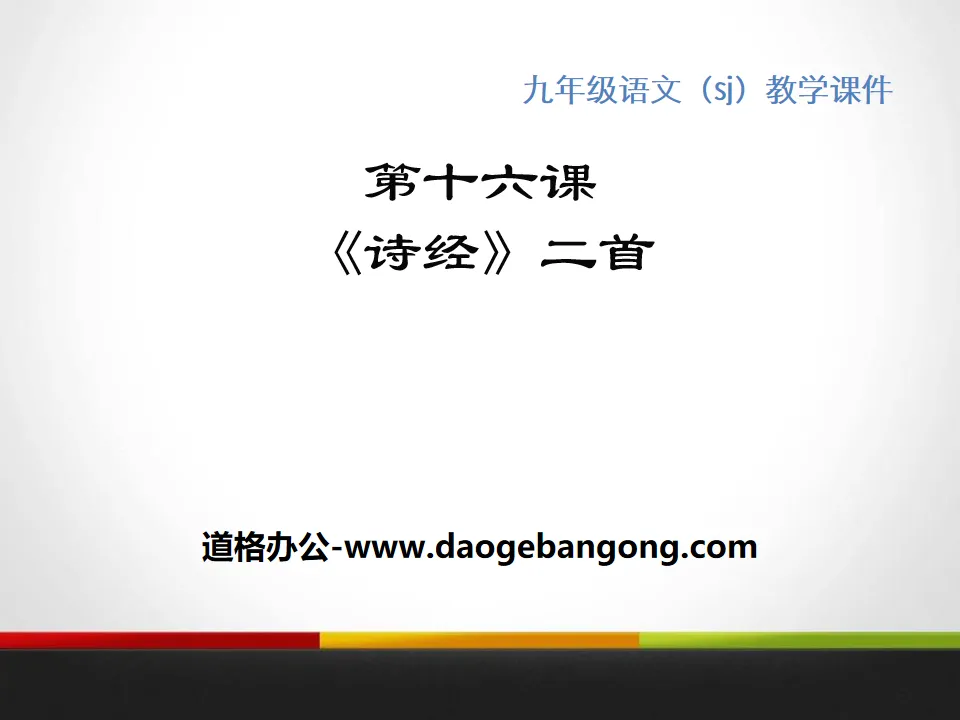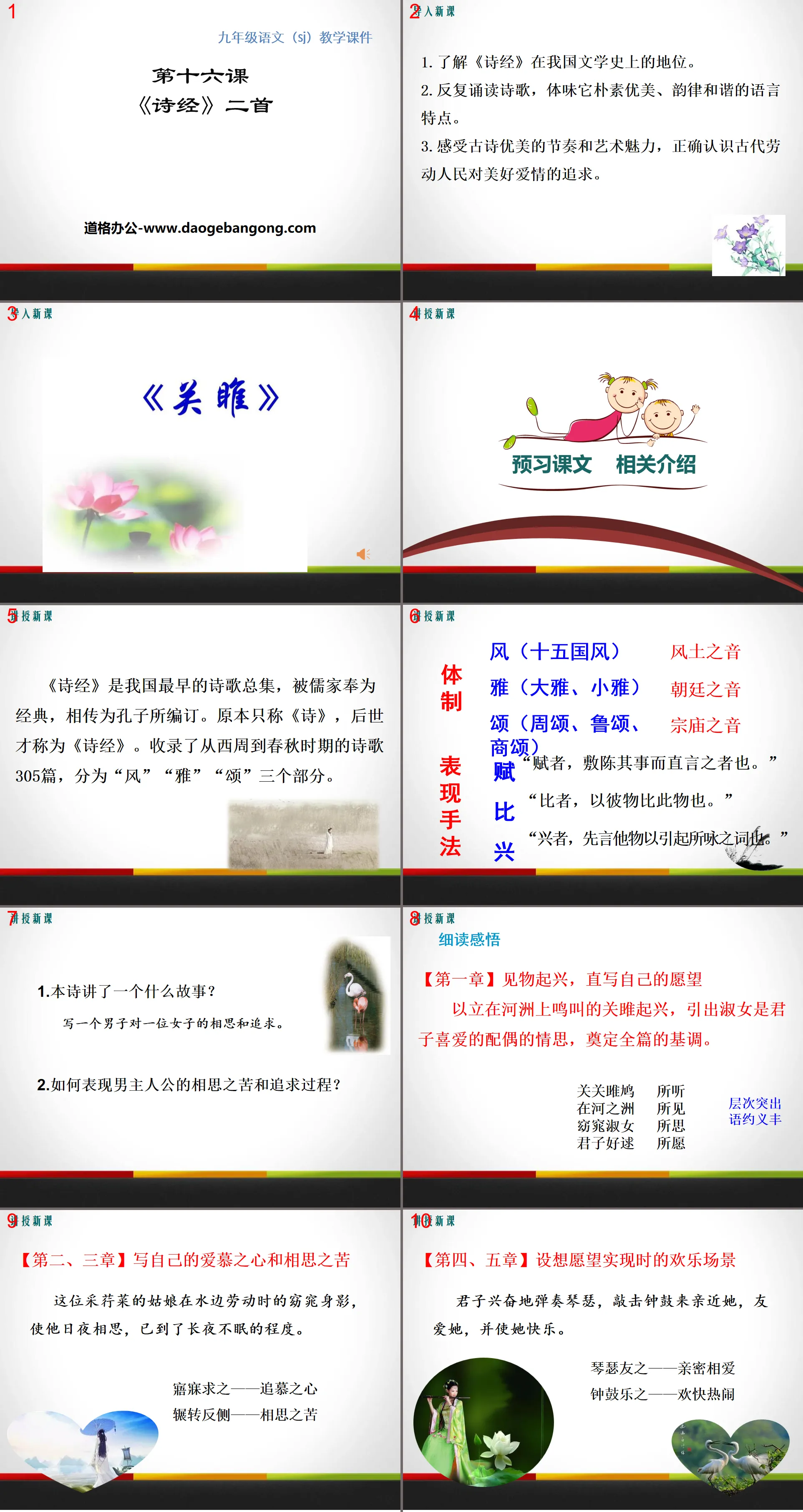The second volume of first-grade Chinese compiled by the People's Education Publishing House
The second volume of fifth-grade Chinese compiled by the People's Education Publishing House
The first volume of Chinese language for eighth grade compiled by the People's Education Publishing House
The first volume of first-grade Chinese compiled by the People's Education Publishing House
The first volume of ninth-grade Chinese compiled by the People's Education Publishing House
The first volume of fourth-grade Chinese compiled by the People's Education Publishing House
The first volume of Chinese language for sixth grade compiled by the People's Education Publishing House
The second volume of Chinese language for eighth grade compiled by the People's Education Publishing House
The first volume of Chinese language for fifth grade compiled by the People's Education Publishing House
The first volume of second-grade Chinese compiled by the People's Education Publishing House
Hunan Education Edition Third Grade Chinese Language Volume 1
The second volume of fourth-grade Chinese compiled by the People's Education Publishing House
The first volume of third-grade Chinese compiled by the People's Education Publishing House
The second volume of second-grade Chinese compiled by the People's Education Publishing House
The second volume of Chinese language for sixth grade compiled by the People's Education Publishing House
The second volume of seventh-grade Chinese compiled by the People's Education Publishing House

| Category | Format | Size |
|---|---|---|
| Jiangsu Education Edition Ninth Grade Chinese Volume 1 | pptx | 6 MB |
Description
Two PPTs from "The Book of Songs"
Part 1: Importing new lessons
1. Understand the status of "The Book of Songs" in the history of Chinese literature.
2. Recite the poem repeatedly and appreciate its simple, beautiful, and harmonious language features.
3. Feel the beautiful rhythm and artistic charm of ancient poetry, and correctly understand the ancient working people’s pursuit of beautiful love.
Two Songs from the Book of Songs PPT, the second part: preview text related introduction
The Book of Songs is the earliest collection of poems in my country. It is regarded as a classic by Confucianists and is said to have been compiled by Confucius. Originally it was only called "The Book of Songs", but later it was called "The Book of Songs". It contains 305 poems from the Western Zhou Dynasty to the Spring and Autumn Period, divided into three parts: "Wind", "Elegance" and "Ode".
system
Wind (Fifteen Kingdoms)
Ya (Daya, Xiaoya)
Song (Zhou Song, Lu Song, Shang Song)
expression techniques
Fu "A Fu is a person who tells the story and speaks directly."
"Compare means comparing this thing with that thing."
Xing "Xing means talking about other things first to trigger the words to be chanted."
Read carefully
【Chapter 1】Get inspired by seeing things and write down your wishes directly
The rise of Guan Ju standing on a river island and chirping evokes the idea that a lady is a gentleman's favorite spouse, setting the tone of the whole story.
[Chapter 2 and 3] Write about your love and the pain of lovesickness
The graceful figure of this girl picking water plants while working by the water made him miss her day and night, to the point where he could not sleep for a long time.
Longing for it - the heart of admiration
Tossing and turning - the pain of lovesickness
[Chapter 4 and 5] Imagine the joyful scene when your wish comes true
The gentleman excitedly plays the harp and the bells and drums to get close to her, love her and make her happy.
Qin Se You Zhi - Intimate Love
Bells and drums - cheerful and lively
Two Poems from the Book of Songs PPT, the third part: Class summary
"Guan Ju" describes the process of a man's longing for and pursuit of a woman, the anxiety of getting what he wants and the joy of getting what he wants, and expresses the ancient working people's pursuit of love.
"Jianjia" vividly expresses the protagonist's strong longing for his beloved through the description of actual situations and descriptions of imagination and fantasy.
Two Songs from the Book of Songs PPT, Part 4: Testing in class
"Jian Jia"
________ is selected from "Guo Feng" in the 15th Anniversary of the Qin Dynasty. It is a Qin folk song. "Qin Feng" talks about carriages, horses, fields and hunting, which is rough and simple, but this poem has an ethereal charm that attracts people's imagination. It is also a beautiful and nostalgic poem. Jianjia means ________, born by the water.
Keywords: Free download of the Chinese PPT courseware for the first volume of the ninth grade of the Jiangsu Education Edition, two PPT downloads of the Book of Songs, in .PPT format;
For more information about the "Two Poems from the Book of Songs" PPT courseware, please click the "Two Poems from the Book of Songs" ppt tab.
"Two Poems from the Book of Songs" PPT free courseware:
"Two Songs from the Book of Songs" PPT Free Courseware Part One Contents: Explanation 1. Caiwei is selected from "The Book of Songs": Xiaoya 2. What kind of music is "Xiaoya"? Gongtingya is the music of the area directly under the Zhou Dynasty, which is the so-called Gentle music. It is orthodox music. Mainly used for system...
"Two Poems from the Book of Songs" PPT courseware download:
"Two Poems from the Book of Songs" PPT Courseware Download Part One: Related Materials from "The Book of Songs" The basic sentence structure of "The Book of Songs" is four characters, sometimes mixed with various sentence structures from two to nine characters. It uses the expression techniques of Fu, Bi and Xing, often in the form of repeated chapters and choruses, and a large number of...
"Two Poems from the Book of Songs" PPT teaching courseware:
"Two Poems from the Book of Songs" PPT teaching courseware Part One: Introduction to "The Book of Songs" "The Book of Songs" is the earliest poetry collection in my country. Originally it was only called "The Book of Songs", but it was listed as one of the Confucian classics, so it was called "The Book of Songs". The Book of Songs is divided into three parts: Feng, Ya, and Song. "poetry..
File Info
Update Time: 2024-11-22
This template belongs to Chinese courseware Jiangsu Education Edition Ninth Grade Chinese Volume 1 industry PPT template
Two PPTs from "The Book of Songs" Simple campus recruitment activity planning plan summary enterprise and institution recruitment publicity lecture PPT template is a general PPT template for business post competition provided by the manuscript PPT, simple campus recruitment activity planning plan summary enterprise and institution recruitment promotion Lecture PPT template, you can edit and modify the text and pictures in the source file by downloading the source file. If you want more exquisite business PPT templates, you can come to grid resource. Doug resource PPT, massive PPT template slide material download, we only make high-quality PPT templates!
Tips: If you open the template and feel that it is not suitable for all your needs, you can search for related content Two PPTs from "The Book of Songs" is enough.
How to use the Windows system template
Directly decompress the file and use it with office or wps
How to use the Mac system template
Directly decompress the file and use it Office or wps can be used
Related reading
For more detailed PPT-related tutorials and font tutorials, you can view: Click to see
How to create a high-quality technological sense PPT? 4 ways to share the bottom of the box
Notice
Do not download in WeChat, Zhihu, QQ, built-in browsers, please use mobile browsers to download! If you are a mobile phone user, please download it on your computer!
1. The manuscript PPT is only for study and reference, please delete it 24 hours after downloading.
2. If the resource involves your legitimate rights and interests, delete it immediately.
3. Contact information: service@daogebangong.com
Two PPTs from "The Book of Songs", due to usage restrictions, it is only for personal study and reference use. For commercial use, please go to the relevant official website for authorization.
(Personal non-commercial use refers to the use of this font to complete the display of personal works, including but not limited to the design of personal papers, resumes, etc.)
Preview










